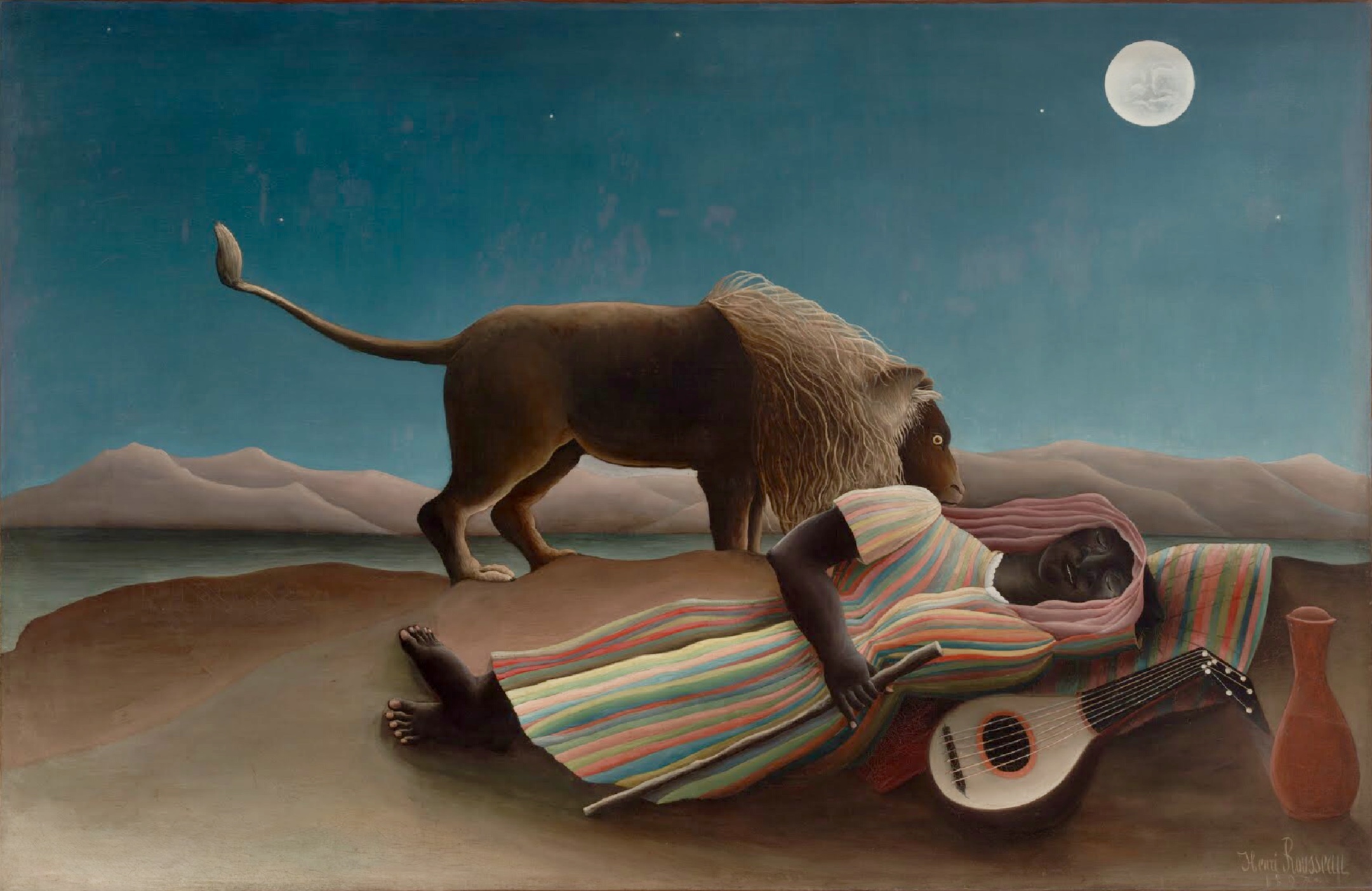Blog Archives
Pearls from artists* #447
Posted by barbararachkoscoloreddust

Cameron Crowe: I think this collection is a powerful gift, especially to young artists. It’s a portrait of you at a certain time in your life when you were having success. You could have plateaued at this stage for an entire career. Many did. But I listen to this and think the hidden message is don’t stop growing. Don’t stop heading to those deeper waters… challenge yourself… look where it may take you.
Joni Mitchell: That’s what the Van Gogh exhibition was to me. When I went to see the Van Gogh exhibition they had all his paintings arranged chronologically, and you’d watch the growth as you walk along. That was so inspiring to me, and I started to paint again. If it serves that purpose, that would be great. Really, that would make me very happy. It shows that from this… because the latter work is much richer and deeper and smarter, and the arrangements are interesting, too. Musically I grow, and I grow as a lyricist, so there’s a lot of growth taking place. The early stuff – I shouldn’t be such a snob against it. A lot of these songs, I just lost them. They fell away. They only exist in these recordings. For so long I rebelled against the term: “I was never a folk singer.” I would get pissed off if they put that label on me. I didn’t think it was a good description of what I was. And then I listened, and… it was beautiful. It made me forgive my beginnings. And I had this realization…
CC: What was it?
Joni: Oh God! (Laughs) I was a folksinger!
In A Conversation with Joni Mitchell by Cameron Crowe from Joni Mitchell Archives Volume I: The Early Years (1963-1967) 5 CD set
Comments are welcome!
Posted in 2021, An Artist's Life, Inspiration, Pearls from Artists, Quotes, Studio
Comments Off on Pearls from artists* #447
Tags: "A Conversation with Joni Mitchell by Cameron Crowe", arranged, arrangements, artsist, beautiful, beginnings, Cameron Crowe, career, certain, challenge, collection, deeper, description, entire, exhibition, folk singer, forgive, growing, growth, happy, heading, hidden, inspiring, interesting, Joni Mitchell, latter, listen, listened, lyricist, message, musically, paintings, plateaued, portrait, powerful, purpose, realization, rebelled, recordings, richer, smarter, Studio, success, taking place, van Gogh, waters, yourself
Q: Where did you grow up and what were some early milestones or experiences that contributed to you becoming an artist later in life?
Posted by barbararachkoscoloreddust
A: I grew up in a blue collar family in Clifton, New Jersey, a suburb about fifteen miles west of Manhattan. My father was a television repairman for RCA. My mother stayed home to raise my sister and me (at the time I had only one sister, Denise; my sister Michele was born much later). My parents were both first-generation Americans and no one in my extended family had gone to college yet. I was a smart kid who showed some artistic talent in kindergarten and earlier. I remember copying the Sunday comics, which in those days appeared in all the newspapers, and drawing small still lifes I arranged for myself. I have always been able to draw anything, as long as I can see it.
Denise, a cousin, and I enrolled in Saturday morning “art classes” at the studio of a painter named Frances Hulmes in Rutherford, NJ. I was about 6 years old. I continued the classes for 8 years and became a fairly adept oil painter. Since we lived so close to New York City, my mother often took us to museums, particularly to the Museum of Modern Art, the Metropolitan Museum of Art, and the Museum of Natural History. Like so many young girls, I fell in love with Rousseau’s “The Sleeping Gypsy” and was astonished by Picasso’s “Guernica” when it was on long-term loan to MoMA. I have fond memories of studying the dioramas at the Museum of Natural History (they are still my favorite part of the museum). As far as I know, there were no artists in my family so, unfortunately, I had no role models. At the age of 14 my father decided that art was not a serious pursuit – declaring, it is “a hobby, not a profession” – and abruptly stopped paying for my Saturday morning lessons. With no financial or moral support to pursue art, I turned my attention to other interests, letting my artistic abilities go dormant.
Comments are welcome!
Posted in 2019, An Artist's Life, Art in general, Painting in General
Comments Off on Q: Where did you grow up and what were some early milestones or experiences that contributed to you becoming an artist later in life?
Tags: "a hobby not a profession"paying, "Guernica", "Sleeping Gypsy", abilities, abruptly, Americans, anything, arranged, art classes, artist, artistic, artists, attention, blue collar, Clifton, college, contribute, copying, cousin, decided, dioramas, dormant, drawing, earlier, enrolled, experiences, extended family, family, father, first-generation, Frances Hulmes, Henri Rousseau, interests, kindergarten, Manhattan, memories, Metropolitan Museum of Art, milestones, morning, mother, museum, Museum of Modern Art, Museum of Natural History, myself, New Jersey, New York City, newspapers, oil on canvas, oil painter, painter, Picasso, pursuit, remember, role models, Rousseau, Rutherford, Saturday, serious, sister, still-lifes, stopped, studying, suburb, Sunday comics, talent, television repairman

